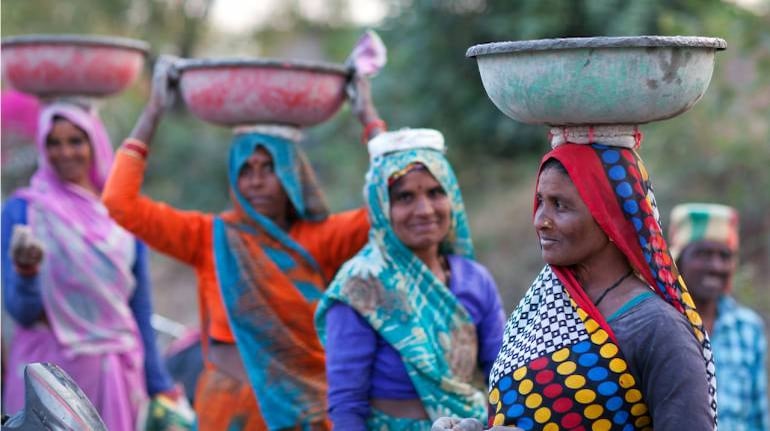



On International Women’s Day, a look at India’s female labour force participation rate (LFPR) would serve as a much-needed dash of cold water amidst all the hot air. India’s female LFPR in 2019, according to the World Bank indicators, is lower than that of Saudi Arabia, Afghanistan and Pakistan, some of the most conservative Islamic nations. Only one out of five women in India work.
As the accompanying table shows, India’s female LFPR is well below that of Bangladesh, Nepal and Sri Lanka, much lower than that of the East Asian nations and, of course, of the developed countries. We can, however, console ourselves by pointing to Egypt and the Islamic Republic of Iran, which do even worse than us.

The LFPR is, according to the International Labour Organisation’s definition, ‘a measure of the proportion of a country’s working-age population that engages actively in the labour market, either by working or looking for work; it provides an indication of the size of the supply of labour available to engage in the production of goods and services, relative to the population at working age.’ The accompanying table gives the female LFPR of selected countries, expressed as a percentage of the female population over 15 years old.
The table also shows that India’s female LFPR is now lower than what it was back in 1990. Indeed, in 1990, our female LFPR was well above that of Saudi Arabia, the UAE, Pakistan, Afghanistan and Bangladesh. And this has happened despite India’s higher GDP growth rate. We need to ask the question: why are we regressing on this important metric, when these nations are progressing?
Several factors have been cited as reasons for India’s low LFPR ---these include cultural reasons such as feudal and patriarchal attitudes, lack of women’s safety and lack of child care centres. One reason could be that India lacks the large scale manufacturing assembly units of East Asia, which have a predominantly female workforce. Even in Bangladesh, large numbers of women have found employment in the garment industry.
The low female work participation rates are a pity, because work is the single most important factor that makes women free and independent.
A paper published by the World Economic Forum in 2018 had estimated that India’s GDP would go up by 27 percent if the female LFPR was the same as the male one.
If we are serious about improving the position of Indian women in society, if we are to go beyond the banal platitudes mouthed on Women’s Day, we must improve the female LFPR.
Discover the latest Business News, Sensex, and Nifty updates. Obtain Personal Finance insights, tax queries, and expert opinions on Moneycontrol or download the Moneycontrol App to stay updated!
Find the best of Al News in one place, specially curated for you every weekend.
Stay on top of the latest tech trends and biggest startup news.